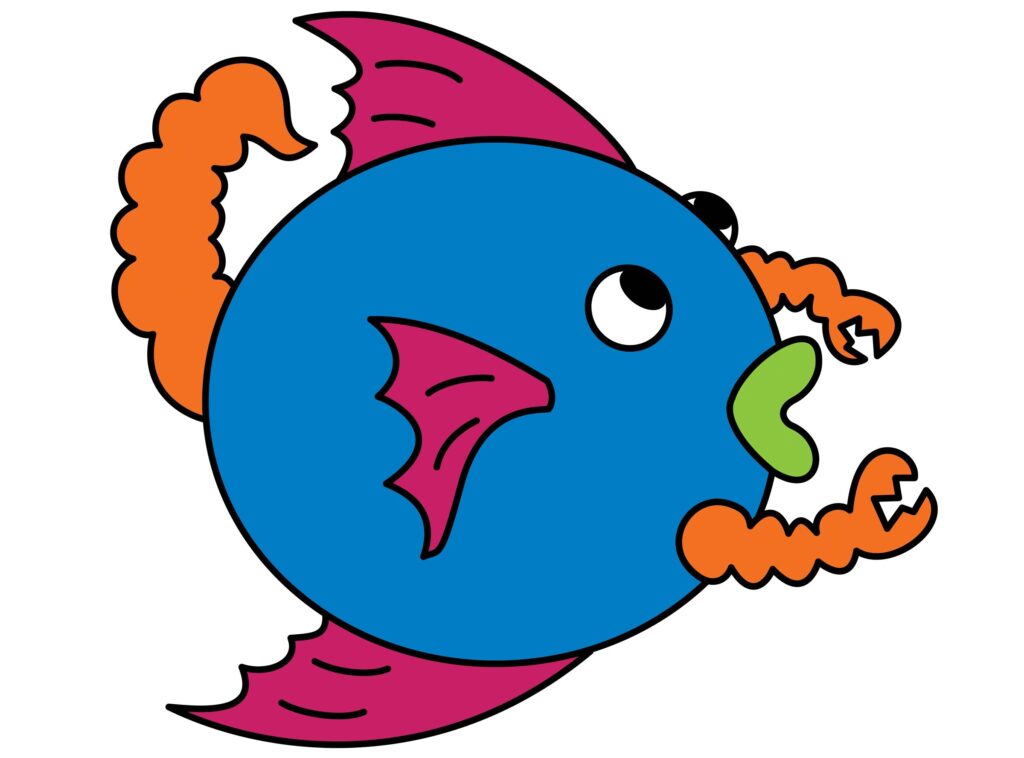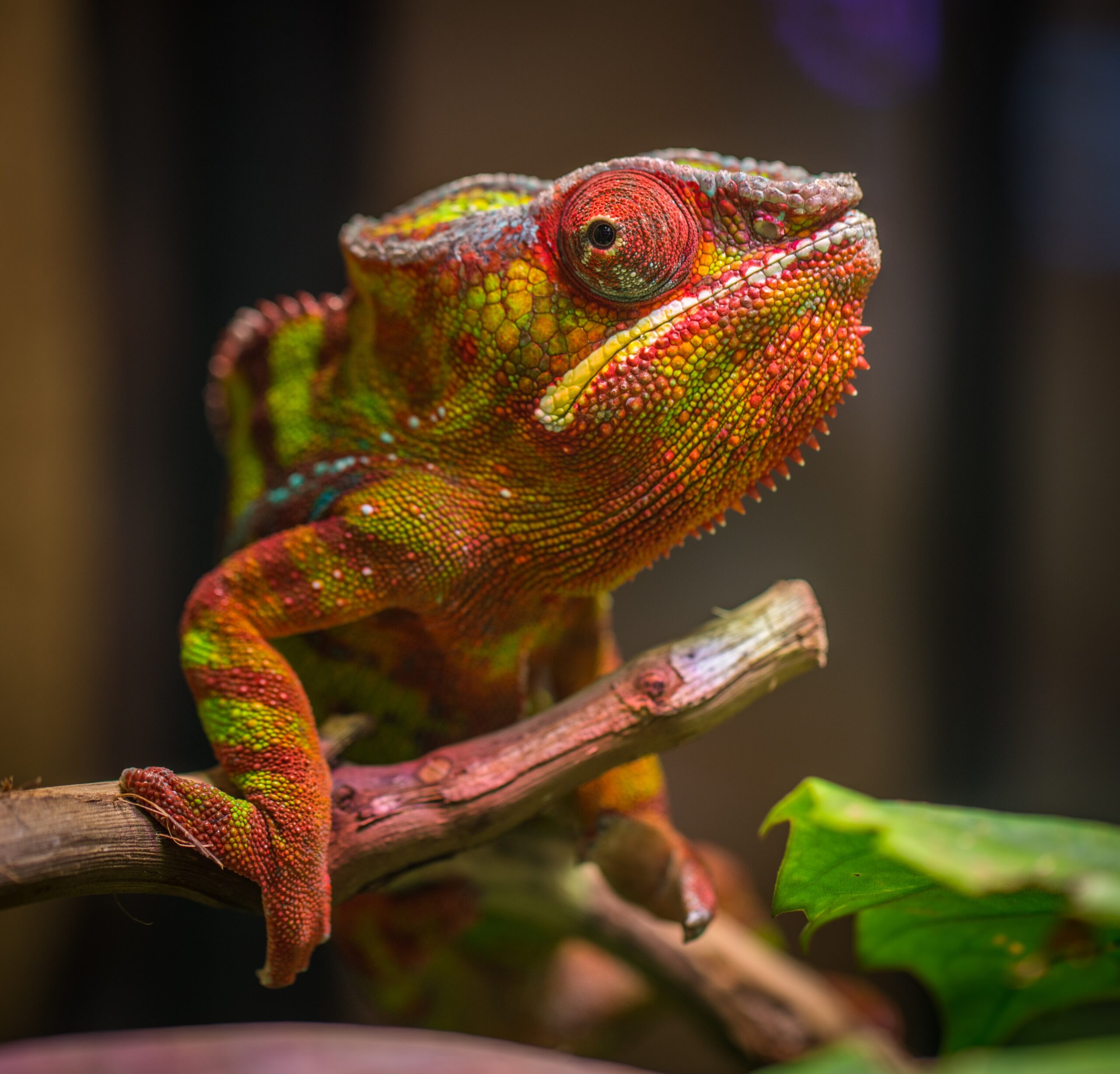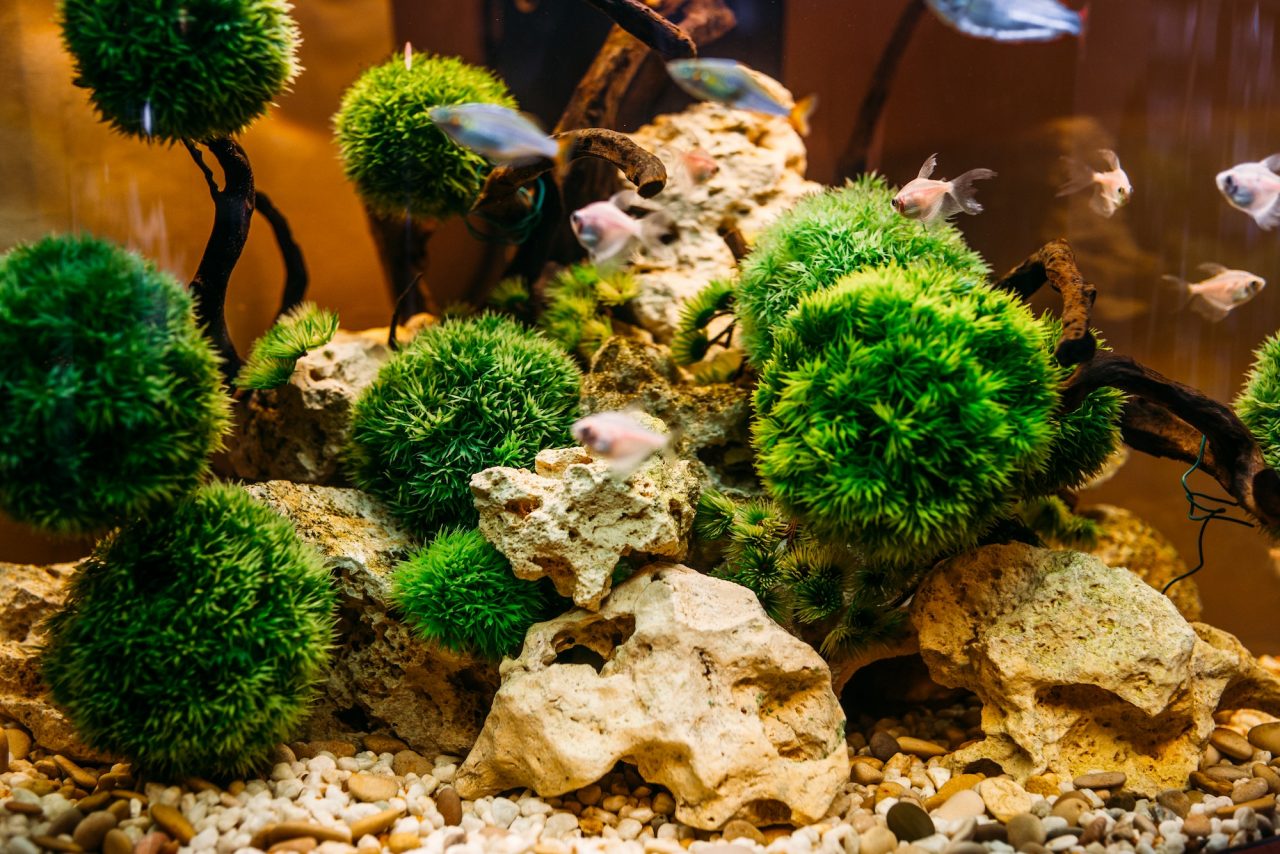The undergravel filter (UGF) controversy has been raging for years. As modernization of aquarium filtration products advances, many aquarists think the need for a UGF has long past. However, some still feel you can’t run your aquarium without one. To help you make the decision of whether to use a UGF as a basic component or not, start by understanding what the purpose of the UGF is.
The two basic things you want in your aquarium is a good filter media base for strong biological filter growth, and clean, clear water. The UGF is a plate type filter that is designed to pull water down through a media base (substrate) that sits on top of the plate, trapping particles in the media as the water passes through it. The surface area of the substrate acts as your biological filter base. A UGF is run by an air pump and air stones, or some types can be used with a powerhead. These filters can be very effective, but are best used in tanks under 55 gallons in size, and are NOT appropriate for use in reef tanks. The trick is to keep the media clean, via a regular maintenance schedule. If a UGF is not maintained properly the media builds up an accumulation of detritus and other organic matter, which in turn contributes to a build up of high nitrate levels. Another factor is that underneath the filter plate, dead spots can form. This opens the door for the growth of unwanted bad types of bacteria that may contribute to poor water quality in the long run. The key to success when using a UGF is maintenance. With proper UGF care these negative factors are greatly reduced and should not present a problem.
Here are some pointers to help insure that your UGF runs properly:
– The media base needs to be thick enough to trap the particles, but not so thick that it defeats the filtering process. A layer of about two inches of fairly coarse material should be sufficient. If the media is too fine it will clog the filter plate, and if too course it won’t trap the particulates as it should.
– Make sure you have sufficient air/water flow in all areas under your UGF. Dead spots will allow bad bacteria to grow, as bad bacteria grows in oxygen depleted environments.
– Be sure to use an air pump that has sufficient volume to draw the water through the media and UGF plate.
– Use a hang-on-tank type canister filter as a pre-filter to help remove particulates that are free floating in the aquarium water. This can help to remove and cut down on the organic matter that is drawn down into the media. We recommend a Magnum 350 by – Marineland for this purpose. No matter what type of pre-filter unit you use, be sure to clean or change the pleat cartridge, floss or sponge several times a week, or as soon as it starts turning brown. You can tell when it needs changing, the water flow rate begins to decrease noticeably.
– Another feature of the Magnum 350 or H.O.T. model is that it has a siphon tube attachment that you can hook directly to the filter intake and clean your media with ease. When you siphon the media it only pulls out the junk, leaving the media behind, then sends the water through the canister where the pleat cartridge captures the organic matter, and then dispenses the clean, filtered water back into the tank. This makes for a simple and quick way to clean the media on top of the UGF plate. It even works great for quick surface cleaning on most any type of substrate in other types of system set ups as well.
– Some UGF’s are designed as reverse flow set ups. This type of UGF allows for back flushing of the area underneath the filter plate, which in turn can aid in simpler and more effective cleaning of the filter.
Get to know your tank and work out a regular maintenance routine. Do your research on the various types of undergravel filters on the market, and how each works





